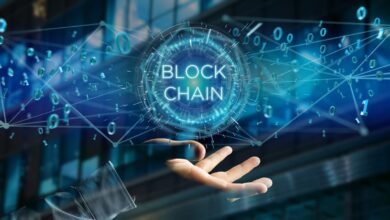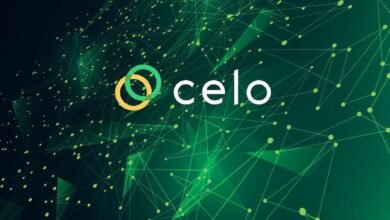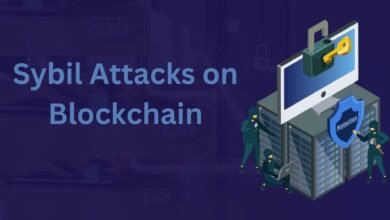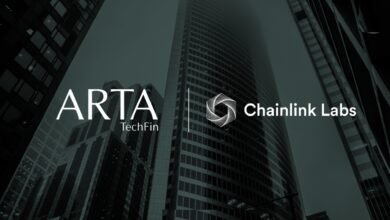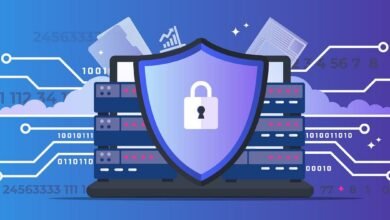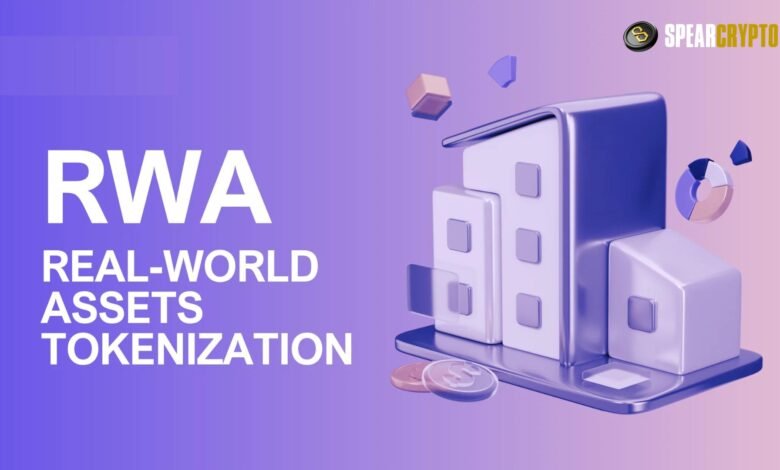
Real-World Asset Tokenization. The advent of blockchain technology has started to link the real and virtual worlds. Physical objects, digital assets, and data can all be digitally represented with this technology. This change, called tokenization, enables a diverse array of assets, including artwork, real estate, stocks, and personal data, to be represented on the blockchain as digital tokens. Consequently, RWA tokenization paves the way for new forms of ownership transfer, revenue sharing, and asset liquidity enhancement for assets with lower levels of liquidity. Therefore, tokenizing a real-world asset (RWA) entails transforming a non-digital item into a digital asset on the blockchain.
Discover the rising practice of RWA tokenization in this comprehensive tutorial. Spearcrypto defines RWA, examines its advantages, and provides real-world asset examples from various industries, including real estate, commodities, intellectual property, art, and travel.
Real-World Assets in Crypto Space
Any possession or resource having a tangible, physical basis is considered a real-world asset. Art, collectibles, real estate, stock commodities, personal data, and intellectual property are all examples of intangible assets. Tokenized real-world assets are those that have been converted into digital tokens and are then held on a blockchain. Specifically, there are two main kinds of physical crypto assets:
- Fungible assets: These assets are interchangeable and divisible. They allow an exchange of one unit for another, with value retained. Examples of fungible assets are stablecoins, digital tokens, and tokenized commodities such as gold and oil.
- Non-fungible Assets: They are inseparable, and each unit has unique properties and values. Examples of these assets include non-fungible tokens (NFTs) functioning as digital tokens representing rights to some physical or digital assets, including art, music, or collectibles.
To summarize, stablecoins, real estate, commodities and precious metals, art and collectibles, books and music, intellectual property, vehicles, salaries and invoices, and consumer goods are real-world assets.
Real-World Assets and DeFi
In cryptocurrencies, “real-world assets” refer to digital representations of physical things accessible through decentralized financial infrastructure (DeFi). These assets are essential in the conventional financial sector and account for much of the world’s wealth.
Simply put, assets that have value in the real world and are used in the DeFi space are called real-world assets. As a result, the DeFi business acts as a link between centralized and decentralized finance. Through the DeFi business, the public can gain access to more significant sums of money and experiment with various investment strategies.
Regarding the key measures defining DeFi, Total Value Locked (TVL) stands out. An increase in TVL is directly correlated with an increase in utility, and this metric is used as a yardstick to measure the capital embedded inside various DeFi protocols. More capital invested in DeFi makes it more valuable. But when DeFi’s luck ran out amid calm market movements, several projects ran into problems, and the market took a nosedive. As a result, funds began to flow out because the projects weren’t productive.
DeFi investors are seeking more secure investments, such as RWAs. In 2023, the value of tangible assets increased by $1.05 billion. Treasuries, real estate, and private loans contributed significantly, amounting to $855.7 million. Increased investment added a further $557 million to bonds and treasuries. This demonstrates that DeFi members opt for more solid investments, such as physical assets, to safeguard their funds.
Tokenizing RWAs
As mentioned earlier, real-world asset tokenization involves transforming a non-digital asset into a digital asset on the blockchain. There are steps that a real-world asset undergoes before it can be tokenized. These steps are as follows:
- Identification of assets to be tokenized: This is the first step in asset tokenization; assets must be identified. This stage includes determining the physical availability of the assets, their ownership, legal claim, and value.
- Identification of a platform to mint the tokens: This is the second process in RWA tokenization; it involves identifying the platform on which to mint the tokens. The token developer must choose among the players offering tokenization as a service (TaaS).
- Innovative contract development: This stage involves developing a smart contract for the token; the smart contract is software that manages the functionality of tokens on a blockchain. All information regarding the creation and movements of the digital asset is contained in it.
- Token creation: There is a need at this stage to create a security token, which implies the digital representation of the real-world asset on the blockchain. The developer links the created token with the asset; this paves the way for the asset issuance.
- Security token issuance: This last stage is the phase where the token is issued to the primary market; it’s regarded as the security token offering (STO), and a fraction of the total tokens is sold to selected investors to raise project funds.
Also Read: Metaverse Augmented Reality: How Does It Function?
Utilizing RWAs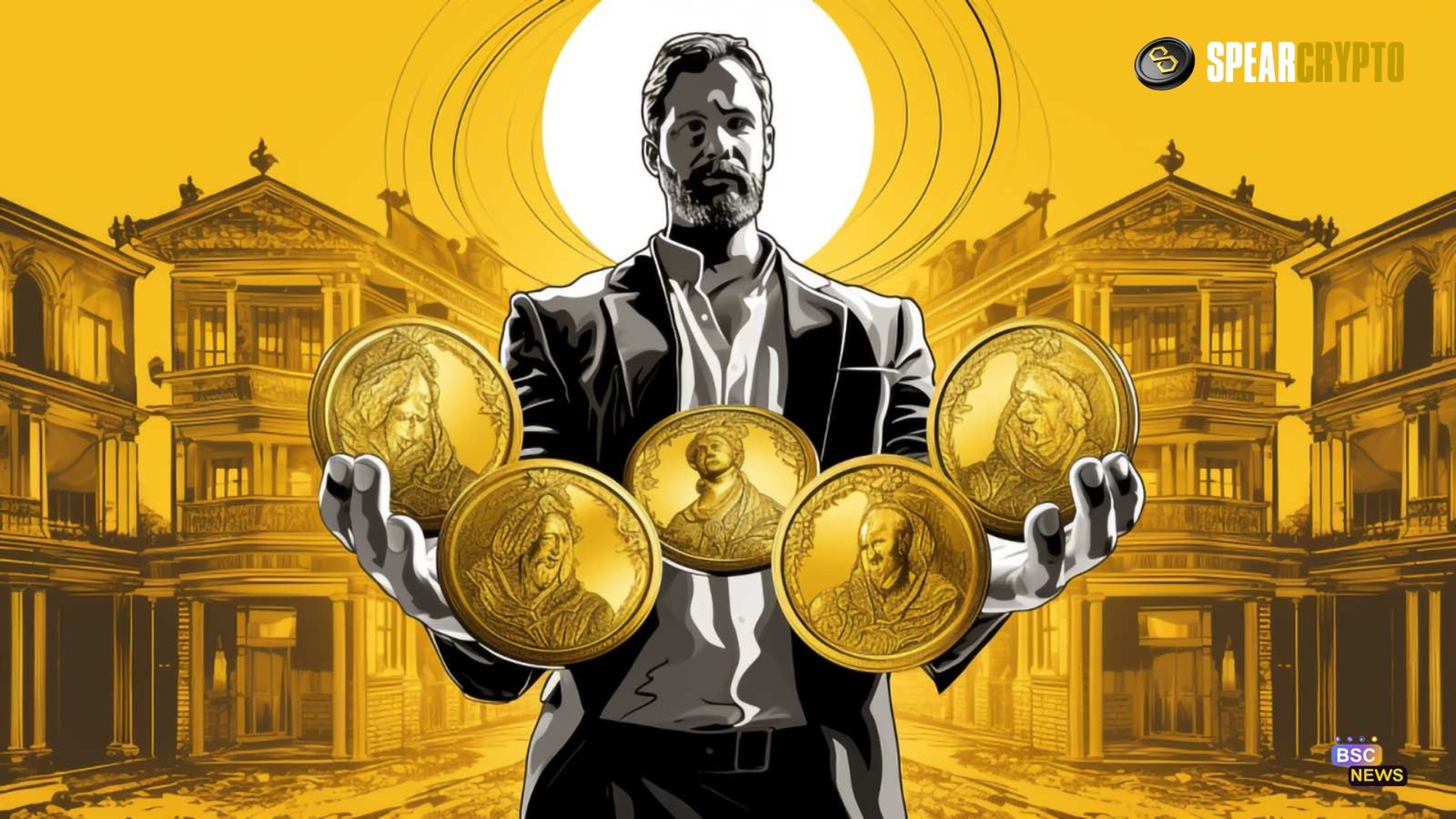
The concept of real-world asset utilization in DeFi can be leveraged for yield generation via the following methods;
- Lending and borrowing: On lending platforms, real-world assets are used as instruments of debt or collateral. As a result, this enables users to engage in both borrowing and lending activities with crypto.
- Trading and investing: Users of exchange platforms purchase and sell cryptocurrencies as a result of real-world asset tokens.
- Farming and staking: These two mechanisms on reward platforms allow additional tokens to be earned by real-world assets by locking up assets or providing liquidity to pools.
Furthermore, there are at least four examples of projects in DeFi that reshape the dynamics of real-world asset (RWA) tokenization and utilization, and these are as follows:
- Ondo finance: It allows stablecoin holders to access yields on their assets by facilitating investment in highly liquid exchange-traded funds.
- Centrifuge: This uses a protocol that enables asset originators to secure liquidity from Defi. It does this by tokenizing real-world assets, including invoices and mortgages. Investors engage with these tokens using stablecoins, earning interest from the underlying cash flows.
- Backed finance: This focuses on tokenizing a specific product linked to publicly traded securities.
- Maple Finance: It provides a platform for cryptocurrencies and real-world asset lending pools. This provision allows crypto funds and fintech companies to utilize lending pools. Maple Finance enables the tokenization of RWAs, which serve as collateral for sorrowing from stablecoins.
Advantages & Limitations of Using RWAs in DeFi
There is a wide range of benefits attached to the use of RWAs in DeFi, including but not limited to:
- Maximum transparency: The tokenization of real-world assets brought about a high level of transparency on the part of blockchain networks to their users.
- Increment in liquidity level: Limitations to the divisibility of tangible assets are being overcome via tokenization.
- Cost reduction: Tokenization streamlines trading process assets, eliminating the need for intermediaries and associated costs.
Though promising, the tokenization of RWAs has its limitations, some significant challenges include:
- Regulation challenges.
- Scalability issues.
- Security.
- Limited investors’ rights and control.
Conclusion
Due to the promising potential of RWAs, there is an excellent probability that they will be heavily used and integrated into blockchain finance in the future as the area evolves. Although RWAs have long protected DeFi investors from the apocalypse that follows tokenomics gone wrong and a lack of practical use, they will continue to attract enthusiasts looking to make money despite their lack of experience. The finance, trading, and asset management industries will radically transform due to tokenizing real-world assets (RWAs).

